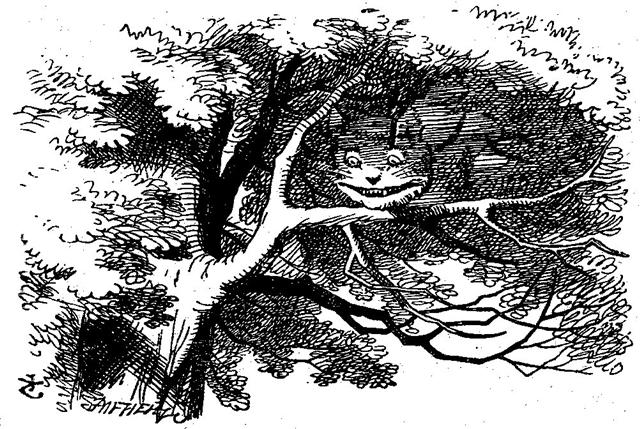6. A year later Ure Honu arrived on the scene: Another year passed, and a man by the name of Ure Honu went to work in his banana plantation. He went and came to the last part, to the 'head' (i.e., the upper part of the banana plantation), to the end of the banana plantation. The sun was standing just right for Ure Honu to clean out the weeds from the banana plantation. On the first day he hoed the weeds. That went on all day, and then evening came. Suddenly a rat came from the middle of the banana plantation. Ure Honu saw it and ran after it. But it disappeared and he could not catch it. On the second day of hoeing, the same thing happened with the rat. It ran away, and he could not catch it. On the third day, he reached the 'head' of the bananas and finished the work in the plantation. Again the rat ran away, and Ure Honu followed it. It ran and slipped into the hole of a stone. He poked after it, lifted up the stone, and saw that the skull was (in the hole) of the stone. (The rat was) a spirit of the skull (he kuhane o te puoko). Ure Honu was amazed and said, 'How beautiful you are! In the head of the new bananas is a skull, painted with yellow root and with a strip of barkcloth around it.' Ure Honu stayed for a while, (then) he went away and covered the roof of his house in Vai Matā. It was a new house. He took the very large skull, which he had found at the head of the banana plantation, and hung it up in the new house. He tied it up in the framework of the roof (hahanga) and left it hanging there. The 'middle of the banana plantation' is where the rat emerges, which presumably alludes to the 'dark rat', Te Kioe Uri, who has the central position among those 7 kuhane stations with names beginning with Te - evidently being used in Manuscript E very much like the necessary 'tree' affix when counting periods of time among the Mayas:
The Sun King is like the stem of a tree: ... The king called out to his guardian spirits (akuaku), Kuihi and Kuaha, in a loud voice: 'Let the voice of the rooster of Ariana crow softly. The stem with many roots (i.e., the king) is entering!' The king fell down, and Hotu A Matua died. And when he dies it is where he began, in order to complete his cycle. The 'banana plantation' probably alludes to the form of the face of Moon, like a smile (È):
But according to this picture (of the Cheshire-cat up in his tree) the path of Sun is 'onboard' the 'canoe' - which a curved (Ç) row of 6 glistening teeth are 'proving'. Maybe the cat becomes a rat south of the equator (or at least on Easter Island where rats were the only mammals). It would be better to think of climbing Sun as a cat than as a rat because cats often climb trees but have difficulties coming down the same way again. The end of the 'banana plantation' is its 'head' and this is where the head of Hotu Maua was buried, i.e. in the 'night' of full moon (hotu). But it is the skull of the Sun King and the 'nights' should here therefore primarily not be understood as real nights but instead refer to the easy way ahead, to climb upwards like on a 'path of smooth stones': ... To flex the knees lightly, as used to do the youths of both sexes when, after having stayed inside for a long period to get a fair complexion, they showed themselves off in dances called te hikiga haúga, parading on a footpath of smooth stones, with their faces painted, lightly flexing their knees with each step. Ure Honu put the skull high up in his new house and left it hanging there, the proper place for a 'full moon' Sun. |
|||||||||||||||||
